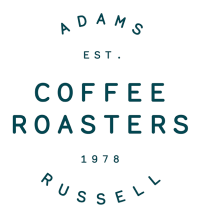What does dialling in espresso mean? A how to guide to make espresso taste great.
- Last Updated:
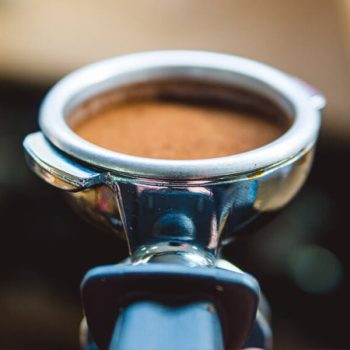
The term ‘dialling in espresso’ is a relatively new term that baristas use and consists of calibrating your equipment so that fully extracted espressos can be produced consistently.
Hand brew methods such as the cafetiere, roughly 5 minutes pass before the coffee is ready to drink. This is due to coffee not dissolving in water easily, so we rely on the pressure of an espresso machine to do this in a matter of seconds.
With the heat and pressure of the machine, extraction becomes very sensitive which means you can under or over extract coffee very easily, leaving undesirable flavours in the mouth.
The speed in which water travels through the filter basket correlates with the taste of the coffee that lands in the cup. When water passes too quickly through coffee it will be under extracted.
This means that not enough dissolved solids have fallen through the spout and it will taste sour, astringent and weak.
Too slow and you are dissolving too many solids, and with this come the ashier flavours and it will taste bitter.
I like to use the ‘rotary toaster’ analogy to best explain this: set the belt too fast and you will have soft, underdone toast – too slow and your breakfast will be burnt.
As you may expect then, there is a sweet spot when it comes to extraction.
A correctly pulled espresso should taste balanced, sweet and contain the tastes noted by the roaster. For every new coffee that enters the hopper it will have to be dialled in again so that is extracted properly.
If you like this, read our related guide too – Espresso Extraction: Ristretto vs Espresso vs Lungo. On the other hand, if you’re interested in trying our espresso machine coffees, see our top picks below.
-
 Home Espresso Bundle£21.00 – £63.00
Home Espresso Bundle£21.00 – £63.00 -
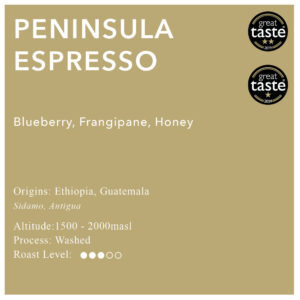 Peninsula Blend£8.00 – £87.50
Peninsula Blend£8.00 – £87.50 -
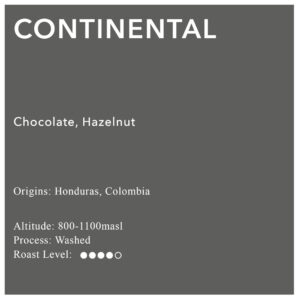 Continental Blend£8.00 – £90.00
Continental Blend£8.00 – £90.00
How Do you dial in espresso shot?
To achieve perfect extraction there are a few measurements to consider. These are
1. Weigh the coffee when entering it into the filter basket
An espresso is usually made with 16-18g of ground coffee, however this figure will vary depending on the density of the coffee beans and the roast profile.
Coffee loses weight the more you roast it, meaning that 18g of high-roasted Java will amount to more coffee than 18g of a light-roasted Kenyan. This could lead to coffee falling over the rim of the filter basket, so for these darker roasts you would use 16g. For the purpose of this article we will be discussing an 18g dose.
To achieve an accurate weight a pair of sensitive scales will be required. Ideally, you should use one that is large enough to hold a group handle.
Using an on-demand grinder calibrated to dose the desired weight should also be used.
You do this by selecting the number of seconds the grinder runs for and use this in tandem with a pair of scales. +/- 0.2g variance is acceptable but anymore and it will affect the extraction.
2. Ground the coffee particles to the correct size
The size of the espresso grind has a large effect on how it will taste. Too fine may cause the shot to run slow and over extract, alternatively a grind too coarse will allow the water to pass too quickly and the resulting shot will be under extracted.
The grind will also have an effect on the dose of coffee. Adjusting the grind means that the blades get closer together or further apart.
Selecting 4.2 seconds and adjusting the grind finer will dose less coffee than 4.2 seconds at a coarser grind. These have to be aligned at some point – often known as ‘chasing’ the grind. It is this stage where you want to start making shots and tasting them. This also leads nicely into the next measurement.
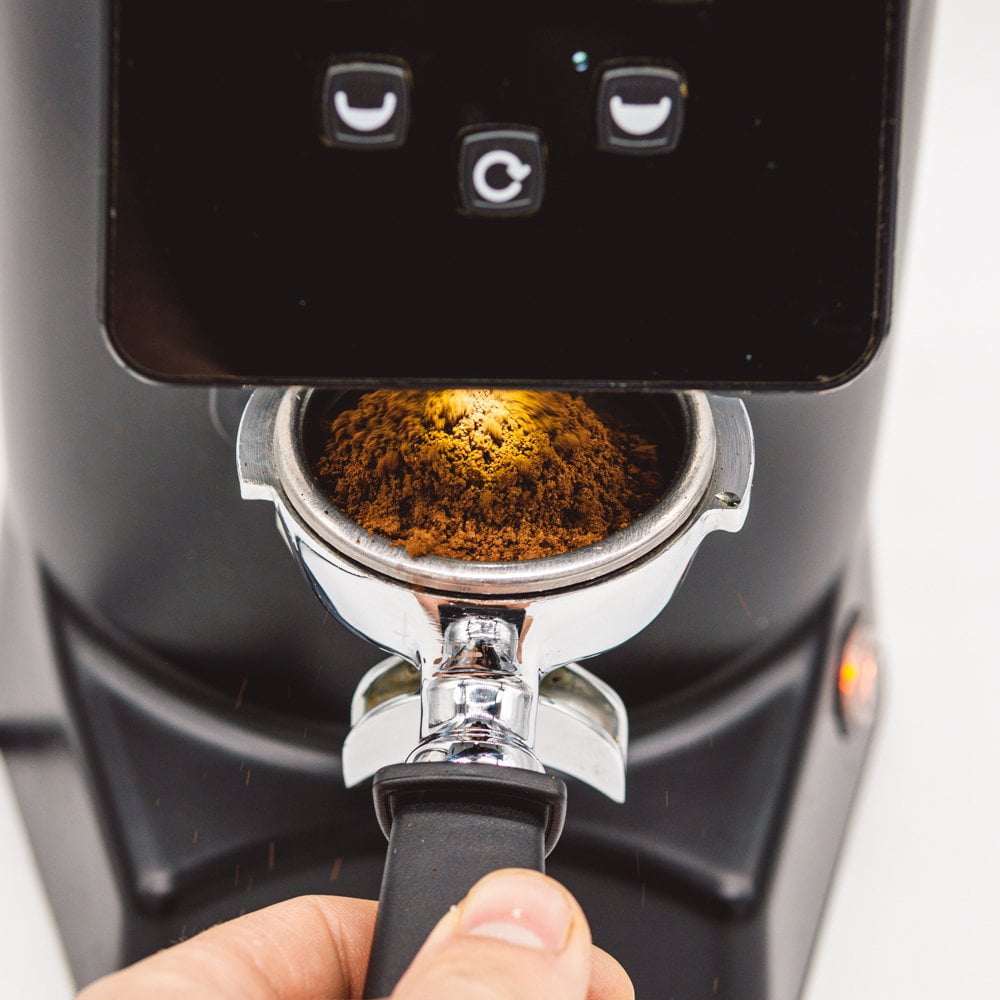
3. Pass the water through the coffee depending on the weight of the espresso
An espresso is made on the ratio of 1:2 meaning that for every gram of coffee you have the weight of the espresso shot should be double. In our case we want a 36g espresso as we are using 18g of coffee.
This also means that before you run the espresso shot, you need to place your scales on the drip tray to accurately weigh it.
Now you have made a few shots, how does it taste? Is it sour and under extracted or bitter and over done?
It is important to look at how many seconds it took the water to pass through before it reaches 36g. For every coffee, the window of extraction should be 25-32 seconds.
This will vary though; all of our coffees contain a ‘recipe’ explaining what this range is along with how many grams of coffee is advised.
If the first shot came out too fast, let’s say 21 seconds, then you have to adjust your grind and make it finer.
This will resist the pressure from the machine more and allow the water to travel slower (this is also where you will need to adjust the seconds on your commercial grinder, so you still have an 18g dose).
Small adjustment may have to made multiple times before your dose, grind and weight all line up and the shot tastes perfect.
Dialling espresso isn’t easy, nor is it a 2-minute job. For commercial readers it is important to allow enough time before to get this right or you could end up with displeased customers.
Dialling at home
If you have an espresso machine at home, then it is important to understand how your machine works and use the theory in this article to achieve the same outcome.
Many hobbyist coffee drinkers may not have an on-demand grinder, so chasing the dose and grind won’t be an issue, just make sure you have a good set of scales if you want your espressos to taste great.
Important factors when dialling in espresso
It is important to note that the tamp isn’t being discussed in this article. The grind and dose have a much larger effect on extraction.
Tamping coffee is essentially squashing the air out of the coffee bed. If the grind is correct, it will be difficult to apply too much pressure on the bed, so the espresso runs too fast or slow.
Over time you will develop a consistent tamp pressure thanks to muscle memory and repetition.
When dialling in espresso use your usual tamp pressure and adjust the other parameters around this. We will cover tamping in another post.
The tamper also has to be dry to avoid channelling. This is when an indentation on the tamped coffee bed allows water to find a fast route out of the group handle, which will skew your espresso results and leave you confused and frustrated.
Always check there is no coffee or water on your tamper or tamp mat to avoid this issue.
Browse our range of coffee grinders available, as well as our collection of bespoke espresso blends to maximise the flavour of your coffee.
For further reading on espresso machines see our article on how to clean your espresso machine

